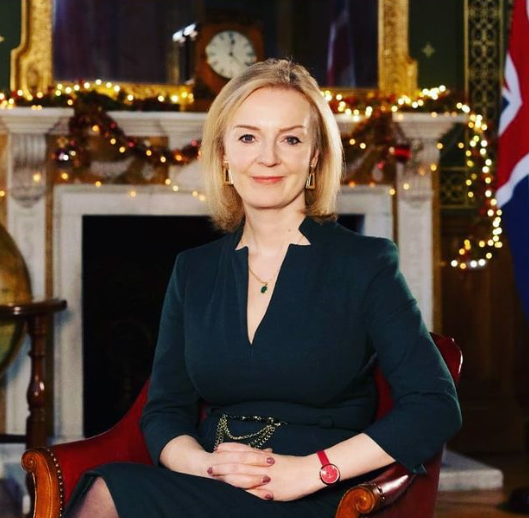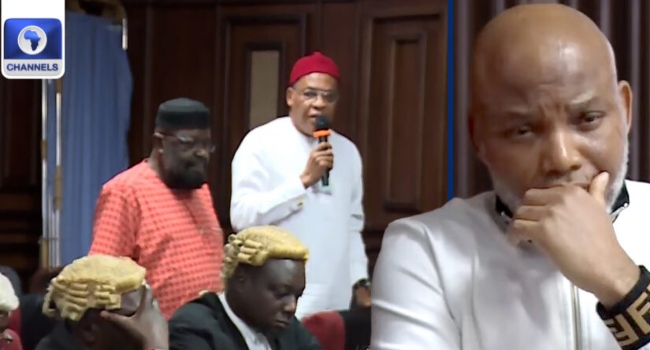UK Prime Minister Liz Truss resigns after six weeks in office
British Prime Minister Liz Truss has announced her resignation, just a month and a half after taking office.
Thursday’s development came after her new Chancellor of the Exchequer, Jeremy Hunt, rolled back virtually all of her economic agenda.
Hunt’s move was supposed to be an impetus for growth, but it became Truss’s declaration of political bankruptcy.
At the beginning of this month, at the Conservative Party Conference in Birmingham, Truss had still attempted to rally the party around her controversial approach of boosting Britain’s economy.
“I have three priorities for the economy: growth, growth, growth,” she said.
But what was supposed to be a change from the tumultuous era of former Prime Minister Boris Johnson, a sense of chaos under Truss unravelled at a pace that is almost unprecedented in British history, Nicholas Allen, professor of politics at Royal Holloway, University of London, told Al Jazeera.
“Previous prime ministers’ central policies have unravelled very quickly, for instance – Neville Chamberlain’s leadership during the spring of 1940, Sir Anthony Eden’s Suez adventure, and David Cameron’s campaign to remain in the EU. I can also think of the backlash to Gordon Brown’s decision not to call a general election in the early autumn of 2007,” Allen said.
“But no new prime minister’s position has unravelled so early into their premiership or so catastrophically as Truss’s has over the last few weeks.”
She found herself in a first cabinet position in 2014 as secretary of state for environment, food and rural affairs under former Prime Minister David Cameron.
She has since served under Theresa May and Johnson in various positions.
In 2021, she was handed the top role of foreign secretary. After Johnson’s announcement to step down, she entered the leadership contest and won the race to succeed the latter with 57.4 percent of the members’ vote (against Rishi Sunak, who obtained 42.6 percent) over the summer by promising radical tax cuts, and high spending to curb energy prices, her very own version of supply-side economics.
According to her plan, one that her role models former British Prime Minister Margaret Thatcher and former US President Ronald Reagan both successfully implemented in the 1980s – albeit under very different circumstances – lower taxes, particularly for the wealthy, lead to investments that, at the same time, benefit the lower income brackets via the trickle-down effect, thus generating substantial economic growth.




















